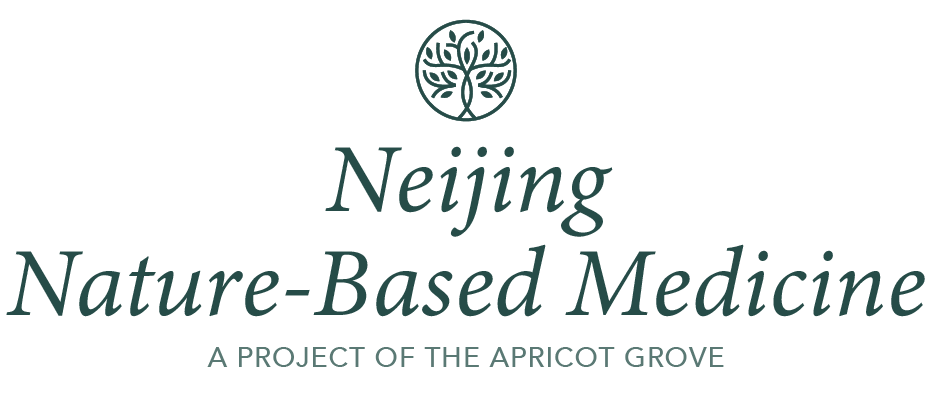Introduction to Neijing Classical Acupuncture Part III: Clinical Therapeutics
First published in
JOURNAL OF CHINESE MEDICINE
Number 104 (February 2014)
Chinese medicine currently stands at a critical crossroad in its development, and today exists at a significant distance from the ideas that gave birth to its practice. Shared concepts and terms resonate through classical texts and modern theories, and yet – especially in the West – there exists a significant divide between what was originally envisioned and what is currently practised and taught. This poses significant challenges for the profession. Knowledge of classical principles allows for advanced clinical problem solving, the successful treatment of complex illness, theoretical innovation, meaningful collaboration with other healthcare professions and the ability to perform clinically relevant research. Without this knowledge, many of these activities are significantly compromised. The distinctions between classical and modern practice can be seen most clearly in the daily clinical care of patients. Part III of this series of articles examines some basic therapeutic principles of Neijing classical acupuncture and reviews several case histories to illustrate their clinical implementation.

